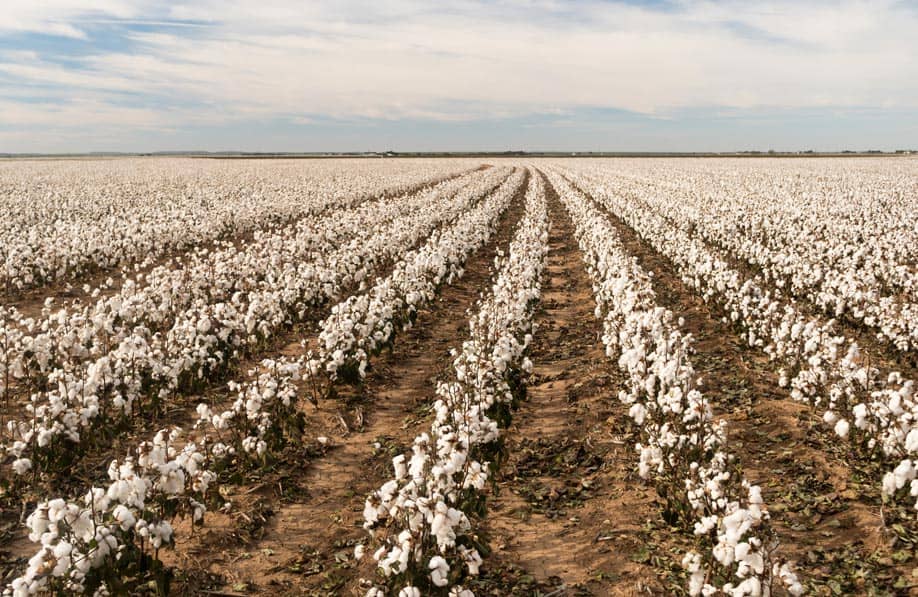We’ve made pivotal strides in our industry over the last 35 years, from reducing land and water use to mitigating soil and energy loss.
Now it’s time for the next phase.
The U.S. cotton sustainability task force has outlined 6 science-based goals over the next 10 years that will help you operate more efficiently and profitably while increasing demand for U.S. cotton on a global scale.
Achieving each of our goals relies on one key factor: healthier soil.
1 Increase Soil Carbon by 30% More soil carbon means better soil health, and the best way to maintain higher carbon levels in your soil is through the use of cover crops. Cover crops help sequester much-needed carbon your soil, which reduces greenhouse gas emissions, increases land use efficiency by holding more water and organic matter, limits soil erosion through compaction and decreases water and energy usage.
2 Increase Land Use Efficiency by 13% The population is soaring, which makes increasing yields more important than ever. We’ve seen increases in efficiency by introducing better genetic varieties, reducing water usage, improving soil health and improving irrigation through technology.
3 Decrease Greenhouse Gas Emissions by 39% A recent study from Cotton Incorporated’s 2016 Life Cycle Assessment shows that synthetic nitrogen fertilizers are the main culprit in greenhouse gas emissions in cotton crops. Pairing cover crop usage with increased site-specific management technologies, such as on-the-go sensors, can increase nitrogen use efficiency (NUE).
4 Decrease Soil Loss by 50% It’s no secret that soil loss leads to environmental degradation. The use of cover crops and conservation tillage, however, has shown to protect soil levels.
5 Decrease Water Use by 18% While cotton is inherently tolerant to drought. But increasing water-use efficiency (WUE) has allowed growers to do more with less. Implementing better water delivery systems and improved irrigation tools can increase yields without increasing water usage.
6 Decrease Energy Use by 15% In the 1980s, growers started reducing their energy expenditures through reduced tillage and reduced nitrogen applications per pound of fiber. These practices coupled with technological improvements have helped lower energy requirements for harvesting and ginning, which shows the necessity for adopting these practices across the industry. The future of our industry is in your hands. Together, we can continue implementing better strategies that lift the entire industry.
The future of our industry is in your hands. Together, we can continue implementing better strategies that lift the entire industry.
